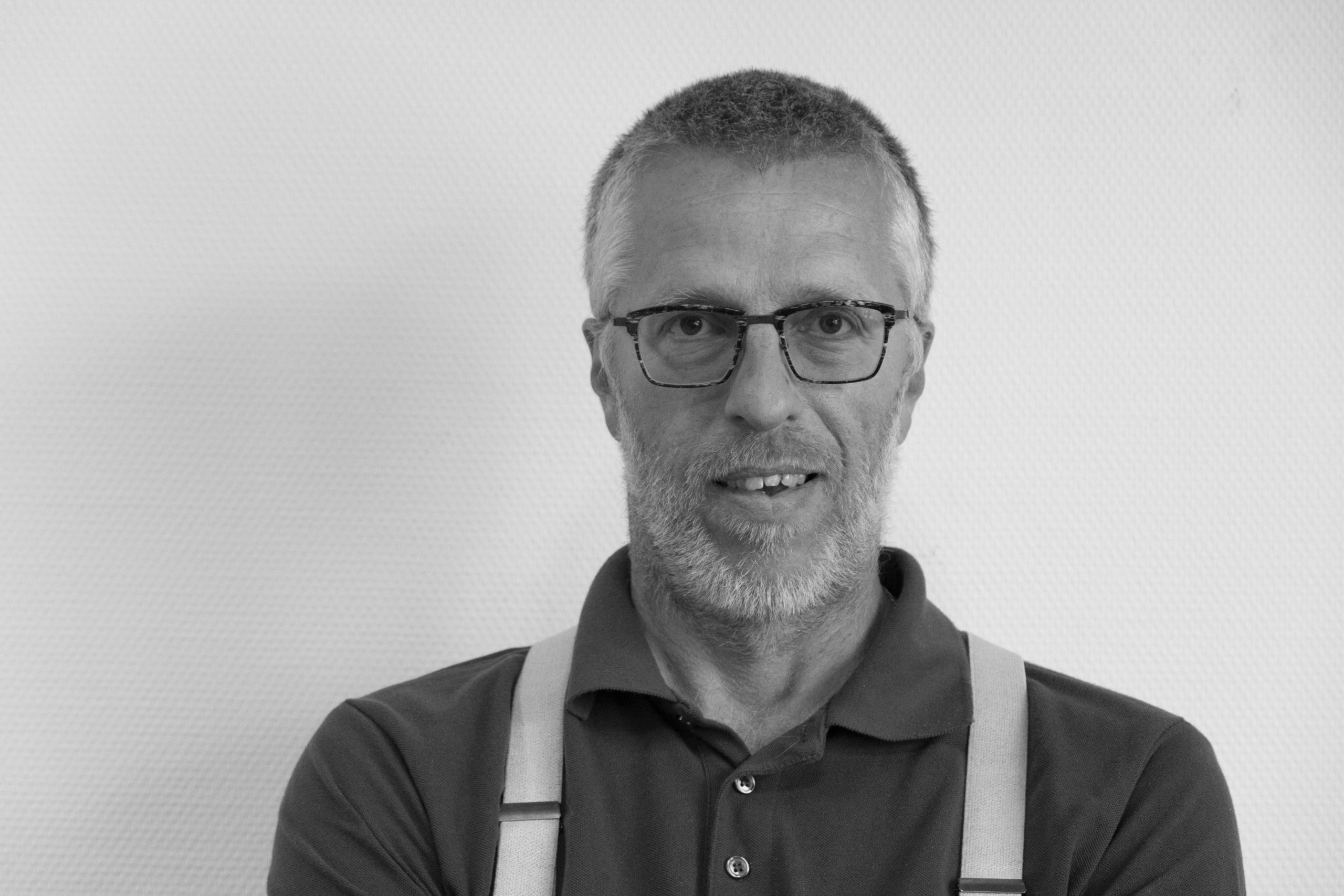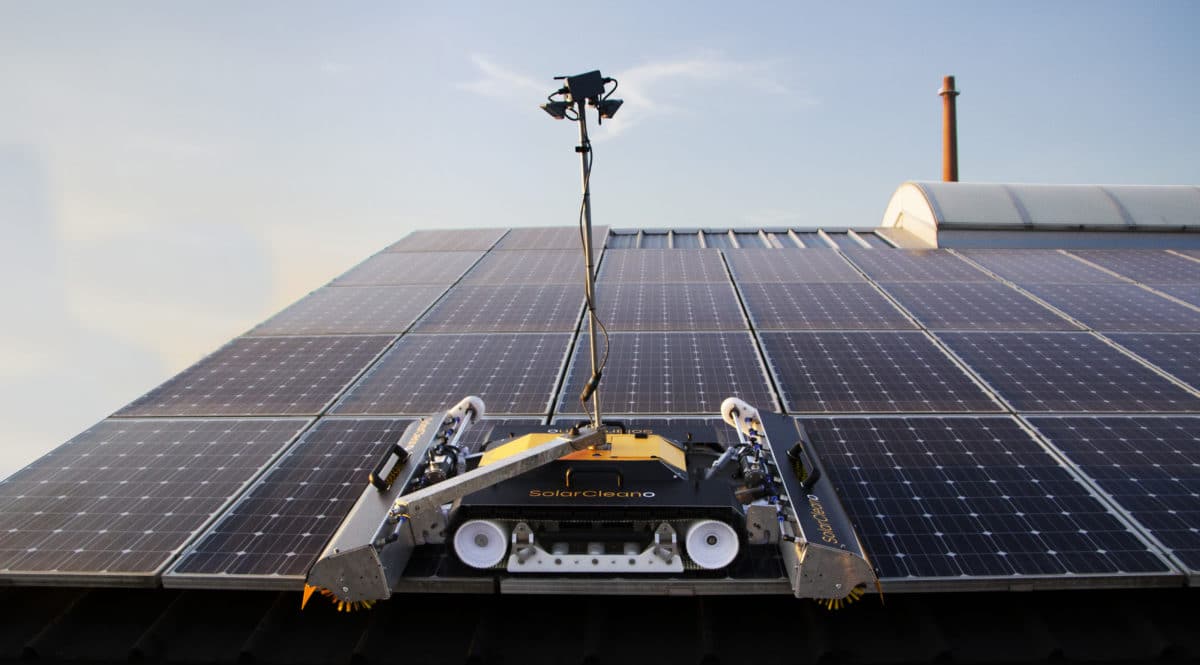For many years, it was believed that solar panels didn’t need cleaning. The inclination of installed modules and rain were thought to result in automatic cleaning. This theory was supported by solar panels manufacturers and installers throughout the boom of the solar industry in the early 2000s.
After the market slowdown of 2014-2017, and the increased deployment of solar panels on farm roofs, industrial and commercial sites, as well as the construction of solar parks in arid zones, it became quite clear that in environments with heavy soiling, the yield of solar panels can drop drastically.
As 2021 dawns, the cleaning of solar panels is widely accepted as a necessity rather than a luxury. Most new solar projects already include some sort of cleaning process in their maintenance plans. In fact, in order to reduce the cost of maintenance and a thorough management to minimize production losses is necessary. Solar panel cleaning systems can provide such maintenance assistance.
About: module soiling

In order to understand the importance of the solar panel cleaning segment, it is essential to understand why dirty panels are an issue and how soiling can damage solar panels in the long term. Studies carried out in the United States, the Middle East and elsewhere have demonstrate the extent to which that the energy output of solar modules falls drastically when they are left uncleaned.
The decline in power output is particularly visible in dusty, arid and windy areas – as the wind blows sand onto the panels. However, even in milder climactic conditions, with more rainy weather, it is noticeable that dirt remains on the panels. This is true even when modules are installed at a steep incline, helping to flush the water and dirt off. Moreover, dust tends to accumulate over time, and will become engrained, severely impacting output. Shade on panels temporarily diminishes their production. However, dirt on the panels keeps the production permanently reduced, until the module is cleaned.
Power losses are not the only problem caused by soiling. Ongoing soiling can result in hot spots forming over time. Sand can be blown off by the wind unevenly and can scratch the module surface. Irregular soiling is a more common and the most problematic type of soiling.
Beyond dust, bird droppings can accumulate on modules, particularly in urban areas. These droppings, apart from their acidity, also lead to hotspots forming on the module: the heat concentrates in one point, causing damage to the cell. The damaged cell will impact the yield of all the neighboring cells. Whatever the soiling type, regular cleaning is a must in order to keep all elements of the solar installation in optimal operating condition.
Keys to efficient cleaning
Several techniques and methods have been developed over the years to efficiently clean solar panels. The first method, still one of the most widespread today, is washing panels using handheld brushes. This technique is advantageous for smaller installations and for rooftops with higher inclinations Panels on steeply sloped rooftops can be difficult to reach and can only be cleaned cost-efficiently when cleaned manually by hand.
However, with the growth of large-scale commercial installations, the manual cleaning business model is being challenged. Lack of efficiency, rising labor costs, and labor-related safety issues play a big role, and in a worst-case scenario can result in a “Sisyphus-like-task” – with cleaned panels becoming dirty again before the entire cleaning job is completed. Although a reliable and fast deployable solution, it is no longer sufficiently efficient in light of the big numbers of large-scale solar power plants that are popping up everywhere in the world.
For ground-mounted PV installations, a bulky but efficient solution was developed by mounting long brushes onto vehicles, mostly slow-moving tractors. These brushes allow the cleaning of panels rows, as long as there’s enough space between the rows to let the vehicle pass. Depending on the configuration of the installation, it can be a very efficient solution for cleaning solar panels. However, the use of tractors is heavily dependent on the availability of gasoline, the terrain itself, and the condition of the ground – which can be heavy mud. Also, it is only possible to clean panels up to a certain height. These restrictions set aside; it is one of the quickest ways to clean large scale utilities.
Other solutions available for large-scale, ground-mounted installations are semi-automated long brushes with various lengths that are fixed to the frame of the installation and move vertically along the array. These machines can be automatized to run at specific times of the day or night. However, they cover only one single row of the array, and require large investments plus extra manpower to move the machines from one line to the next.
The newest, and most versatile solution for the cleaning of solar panels is the use of true solar panel cleaning robots. Several types of these robots exist on the market, from small to big, from lightweight to heavy. Besides manual brushes, robots are the only solution that are capable of cleaning any type of commercial installation, including solar panels mounted on on roof-tops, car ports, ground mount systems as well as floating solar plants.
Among these solutions is SolarCleano, a remote-controlled robot dedicated to cleaning all types of installations. Robotic solutions are semi-automatic and are controlled by a single user. They allow a faster cleaning with less physical strain. Also, it is the most versatile solution, being fast and easy to transport from site to site, and very easily deployed and lifted onto roof tops without the necessity of cherry pickers or lifts. Semi-automatic robots are the most versatile solution, adaptable to any type commercial solar installation.
The views and opinions expressed in this article are the author’s own, and do not necessarily reflect those held by pv magazine.
This content is protected by copyright and may not be reused. If you want to cooperate with us and would like to reuse some of our content, please contact: editors@pv-magazine.com.








1 comment
By submitting this form you agree to pv magazine using your data for the purposes of publishing your comment.
Your personal data will only be disclosed or otherwise transmitted to third parties for the purposes of spam filtering or if this is necessary for technical maintenance of the website. Any other transfer to third parties will not take place unless this is justified on the basis of applicable data protection regulations or if pv magazine is legally obliged to do so.
You may revoke this consent at any time with effect for the future, in which case your personal data will be deleted immediately. Otherwise, your data will be deleted if pv magazine has processed your request or the purpose of data storage is fulfilled.
Further information on data privacy can be found in our Data Protection Policy.